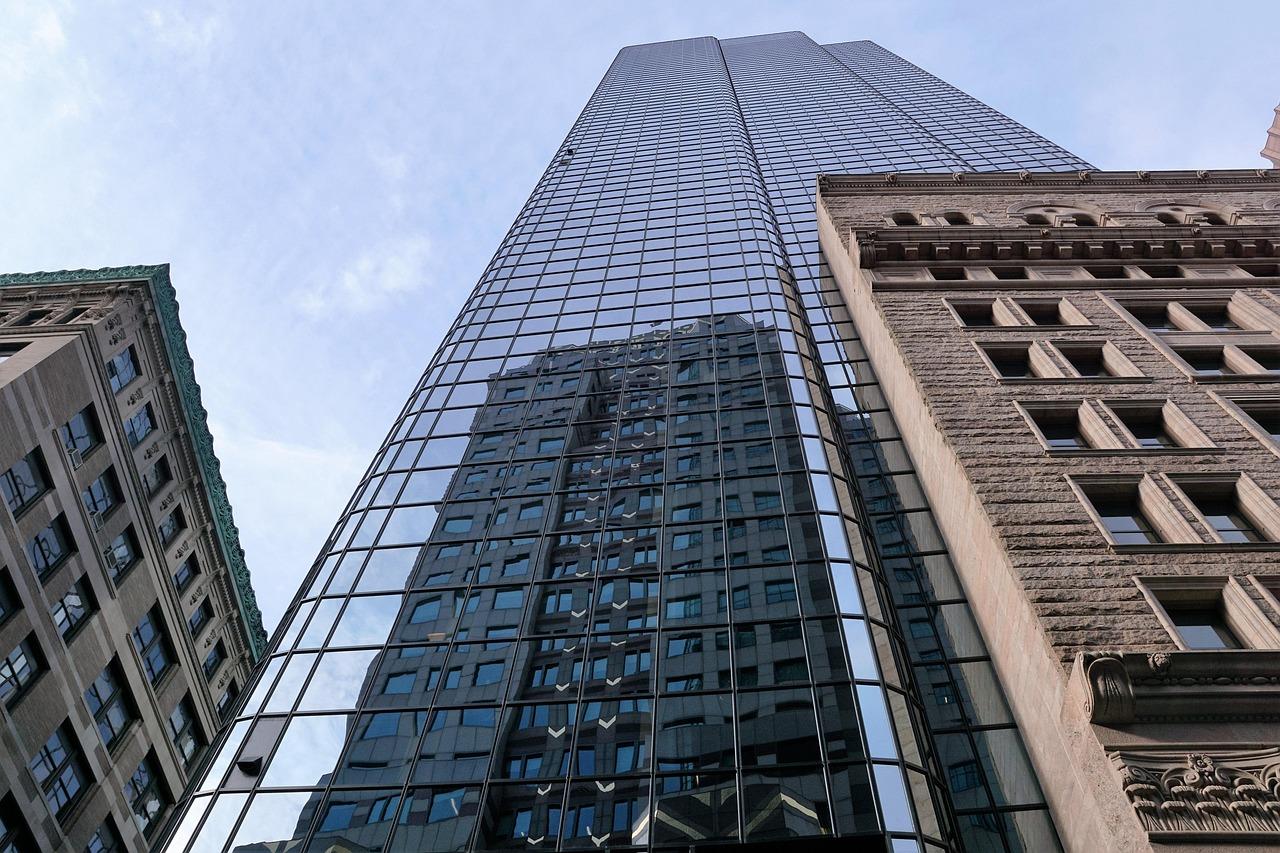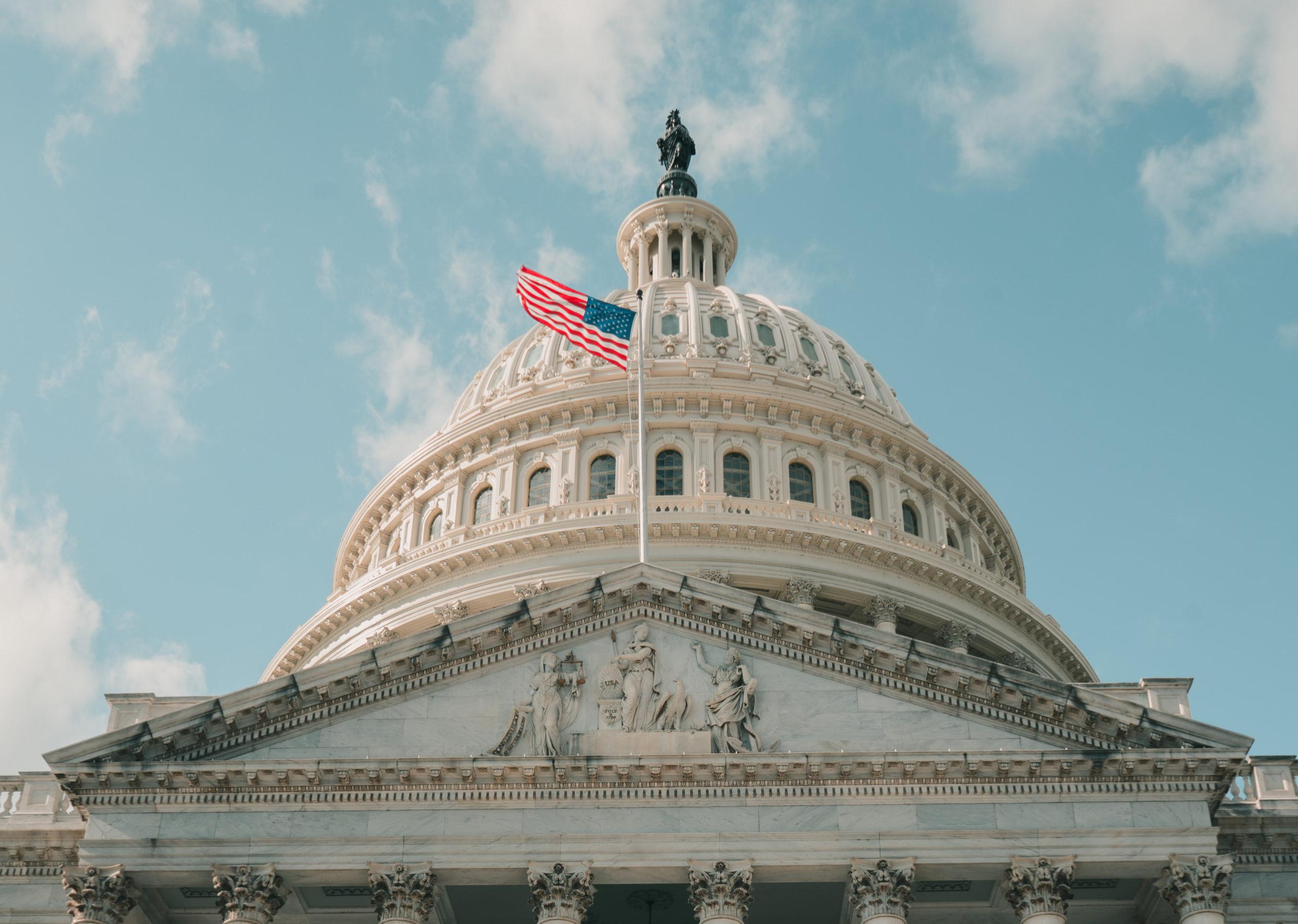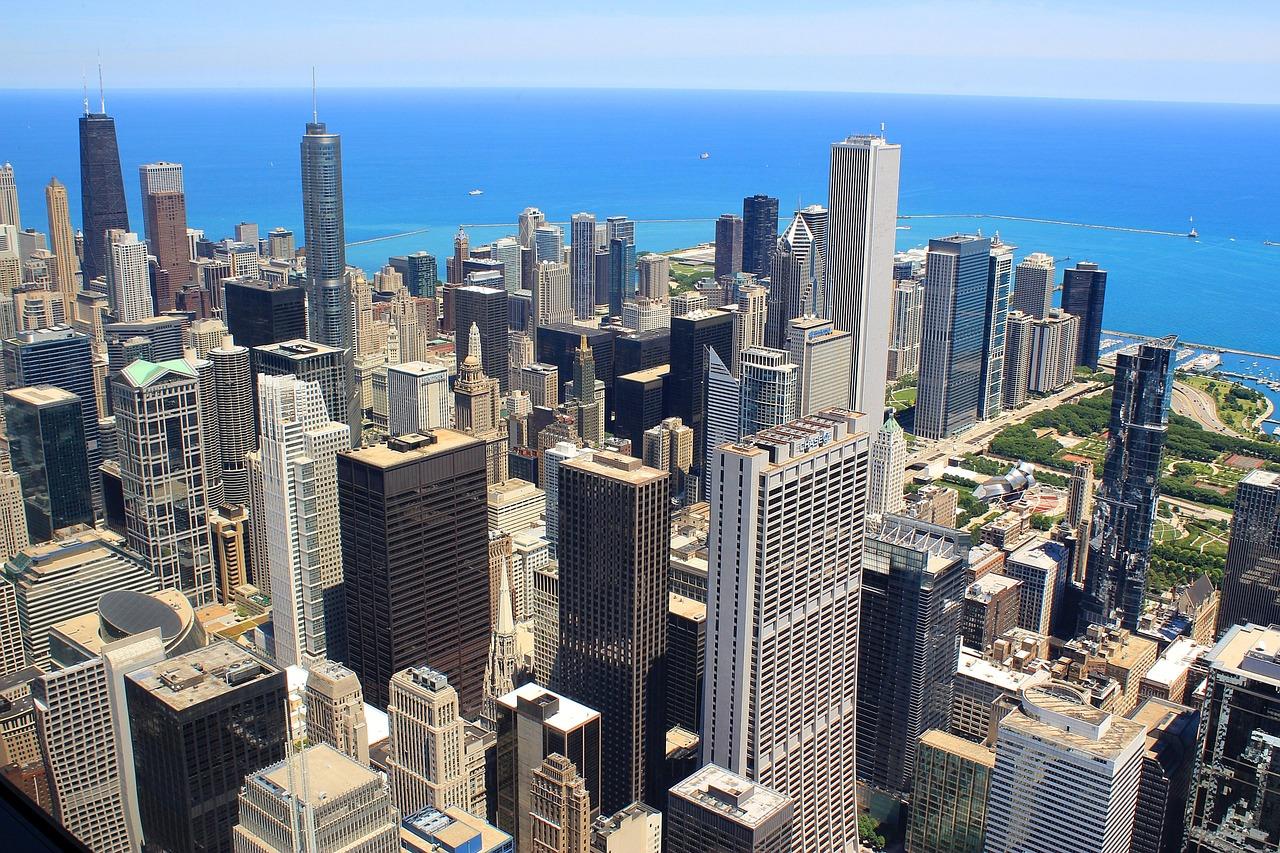Why Are Set-Aside Visas Relevant?
Set-aside visas primarily matter to applicants from countries with a significant backlog in EB-5 visa applications. Currently, this includes China and India due to their high demand. To understand their significance, let’s start with how visa availability and country limits work.
EB-5 Visa Availability and Country Limits
The U.S. limits each country to 7% of the total annual allocation of immigrant visas to ensure a fair distribution. Additionally, immigrant visas are capped annually by category. For EB-5 visas, the annual limit is approximately 10,000 visas, which includes both the main applicant and their family members.
- Unused Visas: When demand is low in certain countries, unused visas are reallocated to those with higher demand.
- High Demand & Backlogs: If demand exceeds the available visas for a country, a backlog forms—a waiting list of applicants who must wait until visas become available.
The Visa Bulletin, published monthly by the U.S. Department of State, provides updates on visa availability for each country and category. The EB-5 visa falls under the employment-based category of this bulletin.
High-Demand Countries: China and India
China
China has historically dominated EB-5 demand, receiving up to 80% of all available EB-5 visas in some years due to low global demand. However, this has led to a significant backlog, with over 30,000 Chinese applicants waiting for their EB-5 visas in recent years.
India
India’s demand for EB-5 visas has surged over the past five years. Long wait times for other employment-based green cards (often exceeding 10 years) have made EB-5 a popular alternative for Indian applicants.
Introduction of Set-Aside Visas
The RIA legislation of 2022 introduced new EB-5 visa categories with specific set-aside allocations:
- Rural Projects: 20% of total EB-5 visas
- High-Unemployment Areas: 10%
- Infrastructure Projects: 2%
These set-aside categories create separate pools of visas, giving applicants from these project types a chance to avoid the general backlog.
Initially, in 2025, these categories are open to applicants from all countries. However, as approvals for I-526 petitions grow, and with a majority of applicants from China and India, backlogs are expected to form in these categories as well.
Impact of Backlogs on EB-5 Processing
When a backlog forms, it affects the processing time for EB-5 visas in several ways:
- I-526 Processing Delays: USCIS does not process I-526 petitions for applicants until visas are available for their country according to the Visa Bulletin.
- Adjustment of Status Delays: Applicants cannot file for adjustment of status (if already in the U.S.) until visas become available.
- Consular Delays: Even after petition approval, applicants may face delays at the consulate stage before receiving their visa and entering the U.S. to obtain their conditional Green Card.
What Determines Future Backlogs?
The size and duration of backlogs for China and India depend on:
- The number of applicants from each country.
- The speed of I-526 approvals.
- The number of visas available for each set-aside category in a given year.
Thanks to greater transparency from EB-5 advocacy groups, we now have better insights into trends and leading indicators, which help investors make informed decisions.
While set-aside visas offer new opportunities, they are especially critical for investors from high-demand countries like China and India. The potential for backlogs will depend on the volume of applications and processing speeds in the coming years. Staying informed about Visa Bulletin updates and EB-5 trends is crucial for navigating the process effectively.
Categories:




